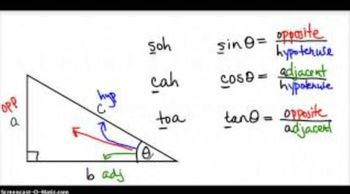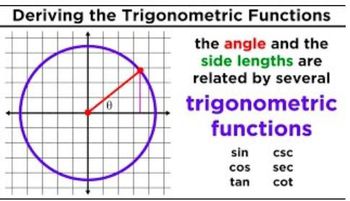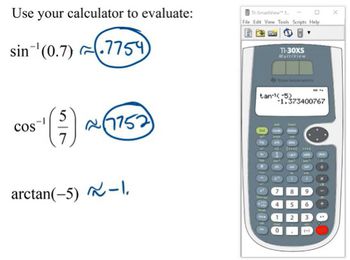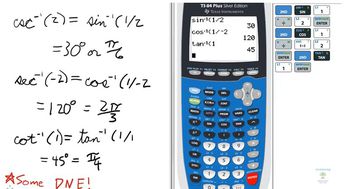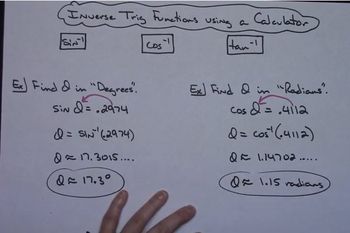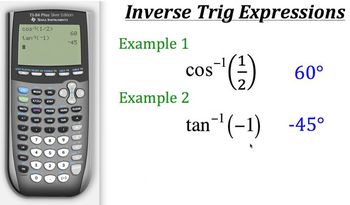Table of contents
- 0. Review of College Algebra4h 43m
- 1. Measuring Angles39m
- 2. Trigonometric Functions on Right Triangles2h 5m
- 3. Unit Circle1h 19m
- 4. Graphing Trigonometric Functions1h 19m
- 5. Inverse Trigonometric Functions and Basic Trigonometric Equations1h 41m
- 6. Trigonometric Identities and More Equations2h 34m
- 7. Non-Right Triangles1h 38m
- 8. Vectors2h 25m
- 9. Polar Equations2h 5m
- 10. Parametric Equations1h 6m
- 11. Graphing Complex Numbers1h 7m
2. Trigonometric Functions on Right Triangles
Trigonometric Functions on Right Triangles
Problem 69b
Textbook Question
Textbook QuestionFind the indicated function value. If it is undefined, say so. See Example 4. sin(―270°)
 Verified Solution
Verified SolutionThis video solution was recommended by our tutors as helpful for the problem above
Video duration:
1mPlay a video:
Was this helpful?
Key Concepts
Here are the essential concepts you must grasp in order to answer the question correctly.
Unit Circle
The unit circle is a circle with a radius of one centered at the origin of a coordinate plane. It is fundamental in trigonometry as it provides a geometric interpretation of the sine, cosine, and tangent functions. Angles are measured from the positive x-axis, and the coordinates of points on the circle correspond to the values of these trigonometric functions.
Recommended video:

Introduction to the Unit Circle
Sine Function
The sine function, denoted as sin(θ), represents the y-coordinate of a point on the unit circle corresponding to an angle θ. It is periodic with a period of 360° (or 2π radians), meaning that sin(θ) = sin(θ + 360°n) for any integer n. Understanding the sine function is crucial for evaluating trigonometric values at various angles, including negative angles.
Recommended video:

Graph of Sine and Cosine Function
Negative Angles
Negative angles in trigonometry indicate a clockwise rotation from the positive x-axis. For example, an angle of -270° corresponds to a 270° rotation in the clockwise direction. This concept is important for determining the sine value of angles that exceed 360° or are negative, as it allows us to find equivalent angles within the standard range of 0° to 360°.
Recommended video:
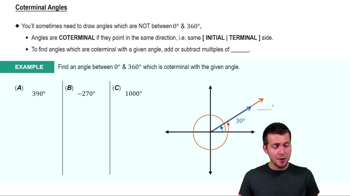
Coterminal Angles

 6:4m
6:4mWatch next
Master Introduction to Trigonometric Functions with a bite sized video explanation from Nick Kaneko
Start learningRelated Videos
Related Practice







